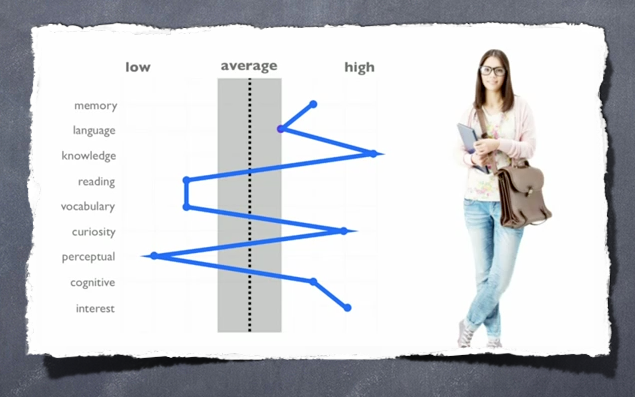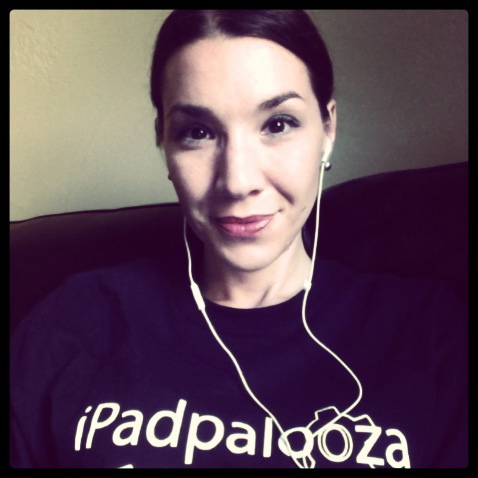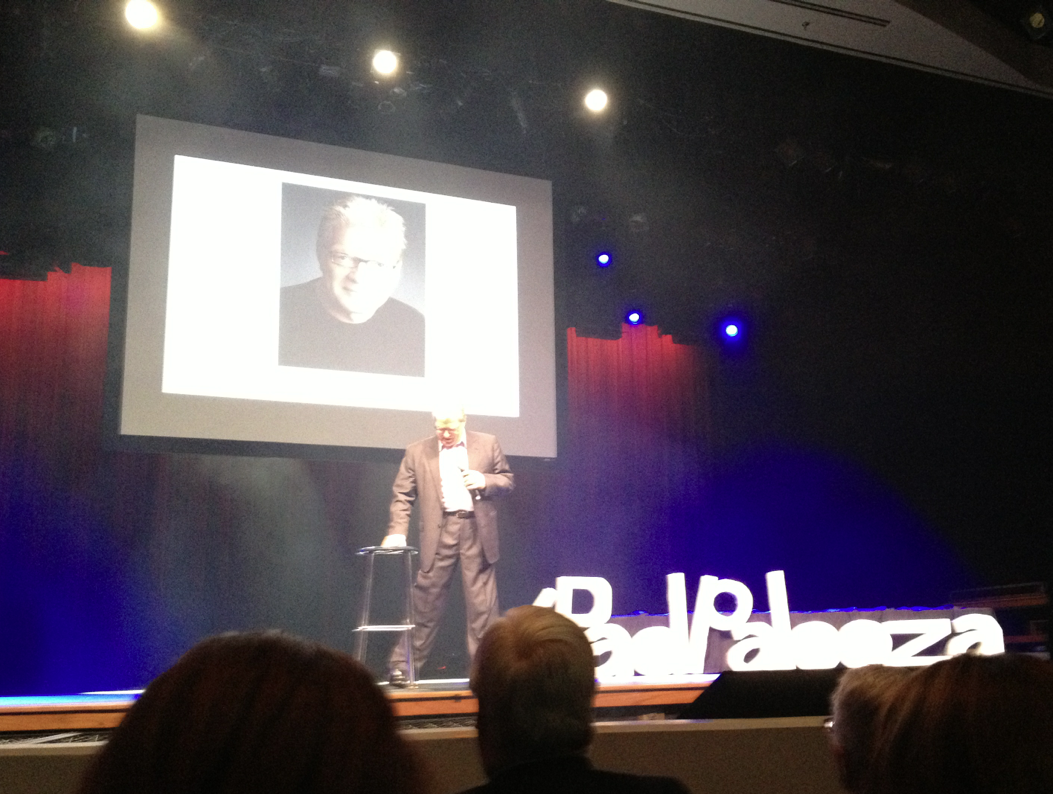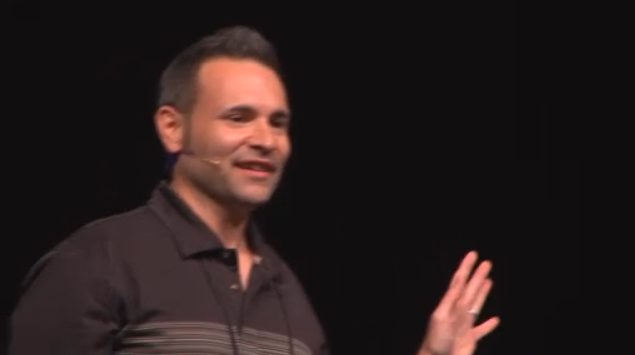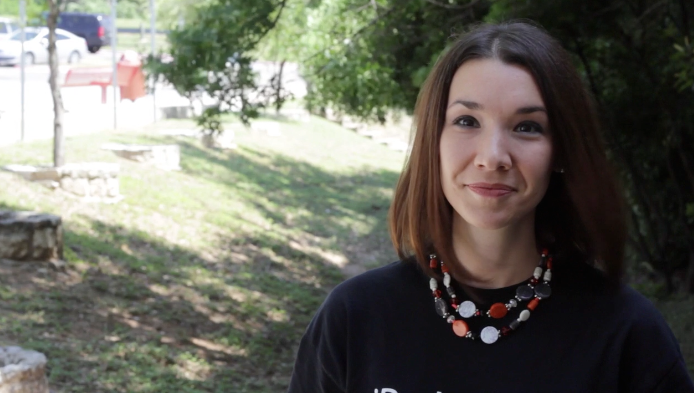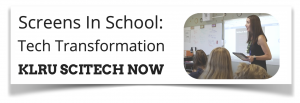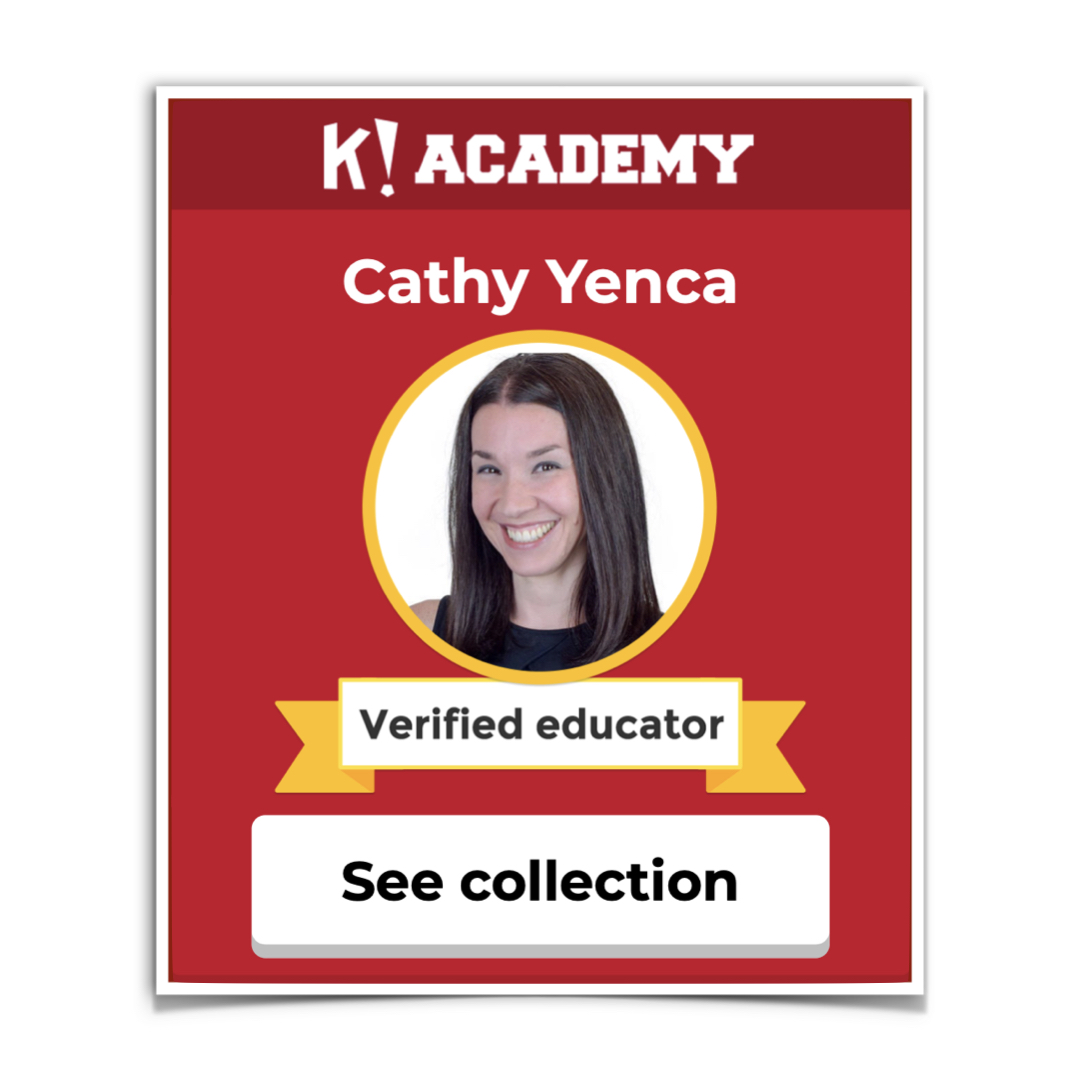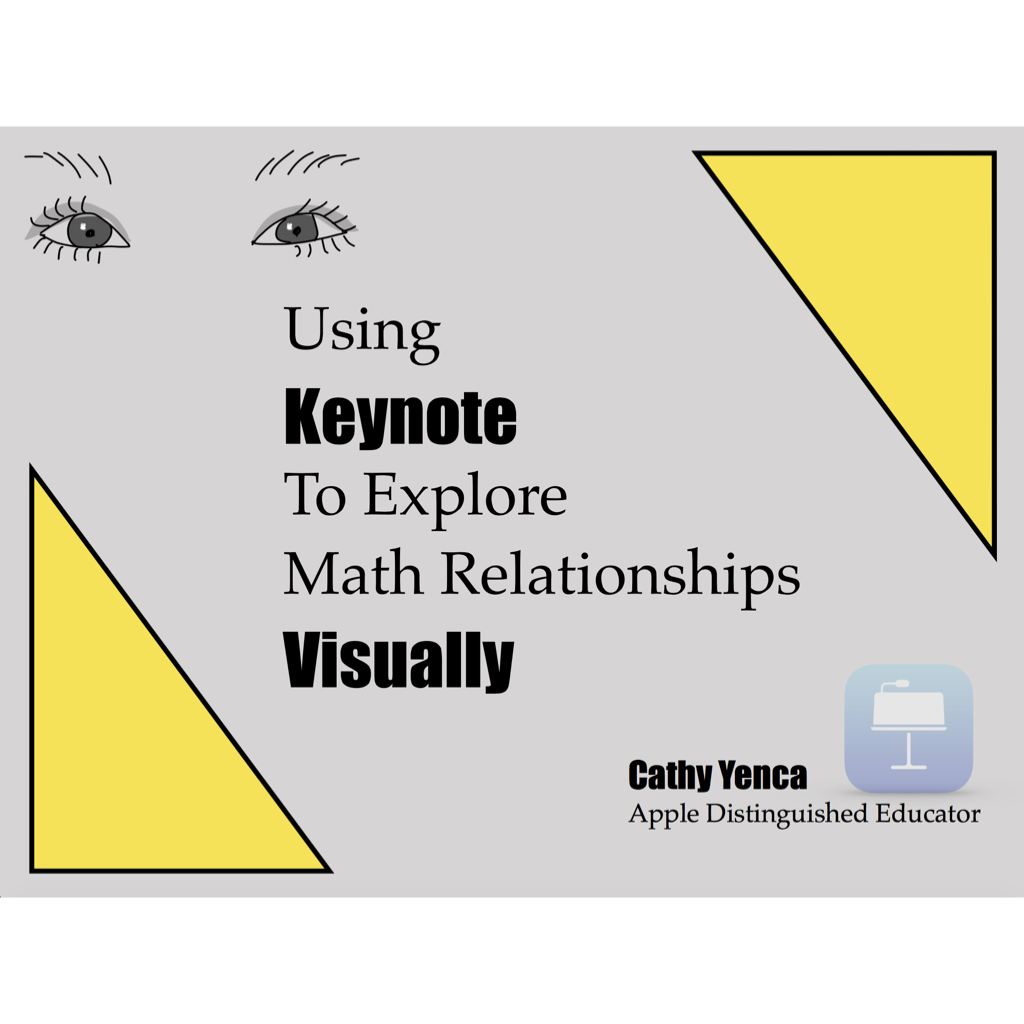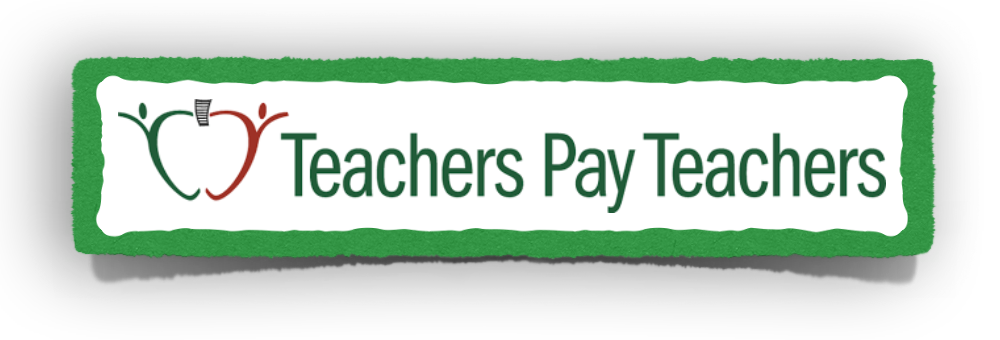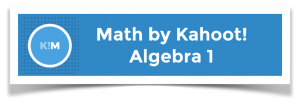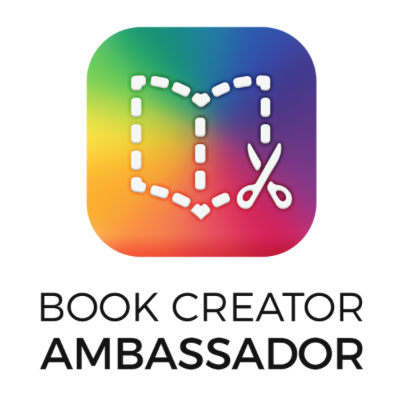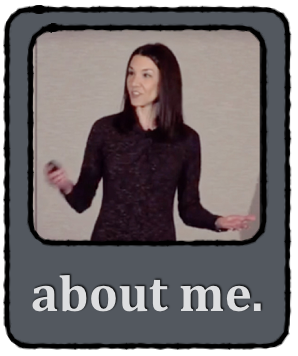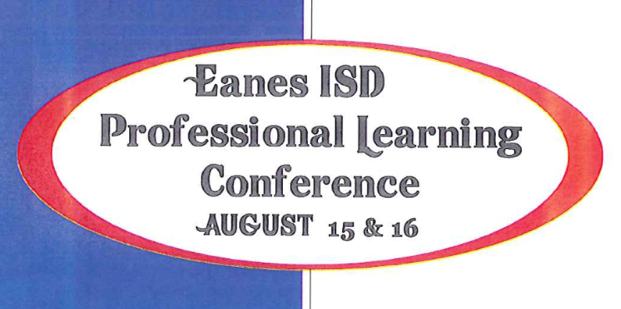 I just spent two days at a learning conference – at my school district. It genuinely felt like a “destination conference” and not two “in-service days”. I can honestly say this has been the best district-level PD I have ever experienced, and I am so excited about the messages conveyed by our guest speakers… because if these messages align with what our district-level administration deeply believes and aspires for us… we are moving forward.
I just spent two days at a learning conference – at my school district. It genuinely felt like a “destination conference” and not two “in-service days”. I can honestly say this has been the best district-level PD I have ever experienced, and I am so excited about the messages conveyed by our guest speakers… because if these messages align with what our district-level administration deeply believes and aspires for us… we are moving forward.
Ever left an in-service day feeling spent? Frustrated? Confused? I have. That was not the case this time. Instead, I feel energized. Inspired. Affirmed. Thankful to be part of the movement. Two days of education experts articulating what’s in my brain – what I know I have to do – areas I need to, and deeply WANT to, improve. Our guest speakers put their proverbial fingers on issues that stung in that painful way that a good workout can – pain that leaves you feeling energized, and wanting to, needing to, work out again. That whole “no pain, no gain” thing? Truth.
I just remembered you may not have been there! 🙂 Check out our Twitter feed at #EanesPLC, and let me share a few tidbits so you can feel the pain too:
1. Thomas Guskey – Grading and Reporting Student Learning: Effective Policies and Practices
Dr. Guskey proved in a matter of minutes that one of our biggest issues with “grading” is that we don’t agree on its purpose. When given a lengthy list of elements to grade (such as major exams, quizzes, class participation, etc.) our district faculty was asked to choose and count the number of items from the list that we thought should be included in a “grade”. By a show of hands, it was obvious that we were all over the place, with some wanting to include nearly all elements, and others wanting only a few.
He went on to talk about how arbitrary our “cut-offs” are (after all, 99% and 90% both represent an “A”, but 90% is an “A” and 89% is a “B” and vary by only 1 percentage point). He encouraged “leveling” grades a bit to help variability and subjectivity. I like this idea. A lot.
He provided research to support that grades with comments are better than grades alone. Comments that convey us as teachers who are “on the students’ side” are best.
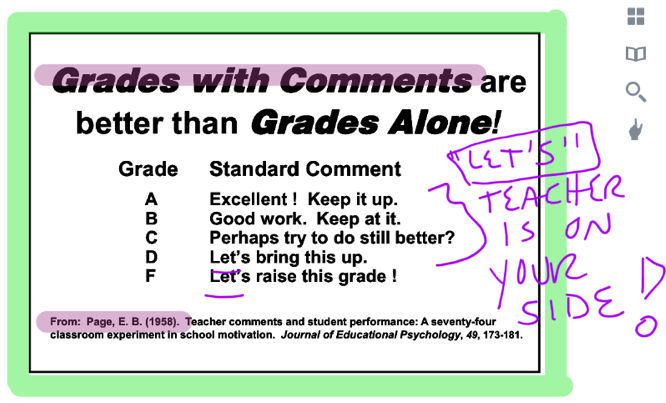 Dr. Guskey also encouraged a “report card” that separates elements like “achievement”, “homework completion” and “participation” because if we mix content mastery, behaviors, and progress all in one “grade”… what does that grade even mean?
Dr. Guskey also encouraged a “report card” that separates elements like “achievement”, “homework completion” and “participation” because if we mix content mastery, behaviors, and progress all in one “grade”… what does that grade even mean?
2. Tim Brown – Answers in Our Grading Practices
When one conference presenter reinforces what another presenter has said with consistency, that sends a pretty clear message. This (in my opinion) extension of Dr. Guskey’s keynote provided practical ways to improve our grading practices. This slide was a huge “A-ha” and “Ouch”, simultaneously:
I liked the suggestion of giving students “practice tests” that are scored like “real tests” and the “practice” grades are entered into our gradebook software as “inactive grades”. Giving students a chance to make mistakes and learn from them WITH an attached, inactive score seems like a very do-able tweak in my practice.
Here’s another consistent reinforcement about providing feedback:
Other ideas to implement:
* Enhance “Learning Targets” sheets we already have by using column headings that promote student reflection, like this sample:
* Encourage students to keep a “data notebook”, like this sample:
3. Pam Harris – The Art of Questioning
I was floored when Pam started talking, and I realized I had read her comments on Dan Meyer’s blog earlier this week…! Ah, hi! That was your Comment-#4-voice I was reading? Pleasure to meet you… and what a very small world!
Pam modeled “the look” quite well… “the look” that tells our students we’re listening to what they’re saying without overly-affirming them (even if their thinking is correct) to encourage them to keep talking and keep digging deeper. She showed a few video clips Ignite-Talk-Style of teachers making all sorts of tell-me-more faces… which made me curious about myself… could I find that face in my practice?

Yep. Here’s a sample of my version of “the look”… no one said it would be pretty! Pam also shared some cool ideas for math assessment, like asking kids to “graph your favorite line with a y-intercept of 4” using iPads, and somehow superimposing all student graphs on-the-spot (Nearpod is great for showing work samples one-at-a-time, but her superimposing idea would be amazing!)
Admin – thank you for modeling best practices with iPads! (I have a sneaking suspicion that @mrhooker had something to do with this!)
* No paper registration or long lines to “sign in” to the conference – instead, we each completed an exit ticket via a Google form at the end of the day, providing reflections on each session we attended that day… which I hope will be read by a human being too! 😉
* All materials were, and are, available for our retrieval in an iTunesU course. Not only does this mean the learning continues post-conference, but it equipped us to be able to annotate presenters’ slides during the conference. Nice touch!
Thank you to Margie Brown for this Storify of the #EanesPLC Twitter feed – clearly we were taking notes! What a great resource to reference!

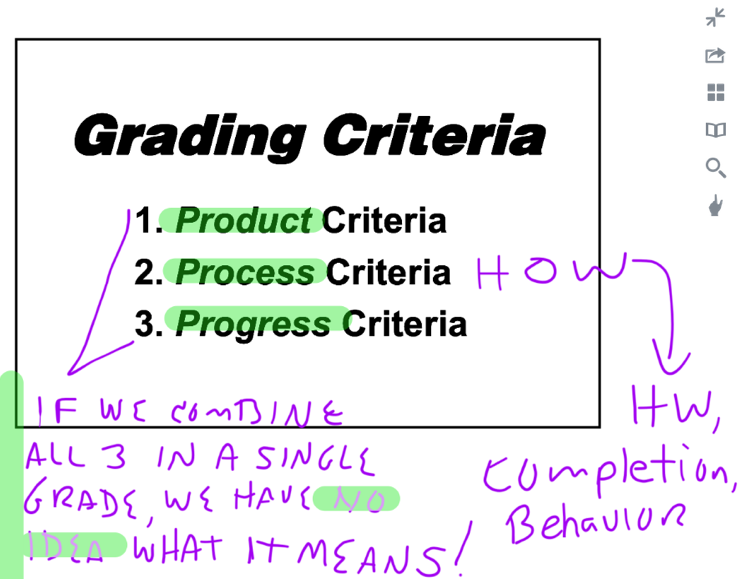
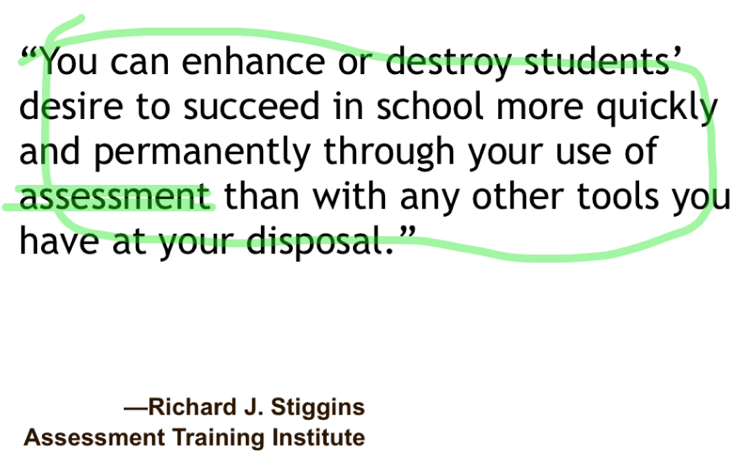
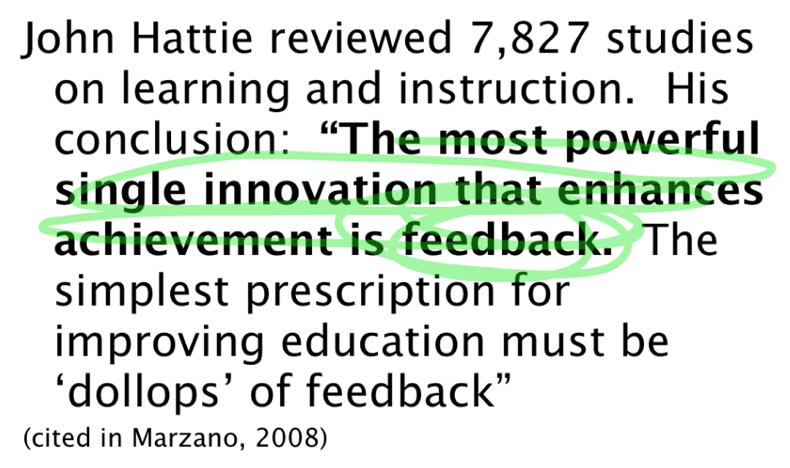
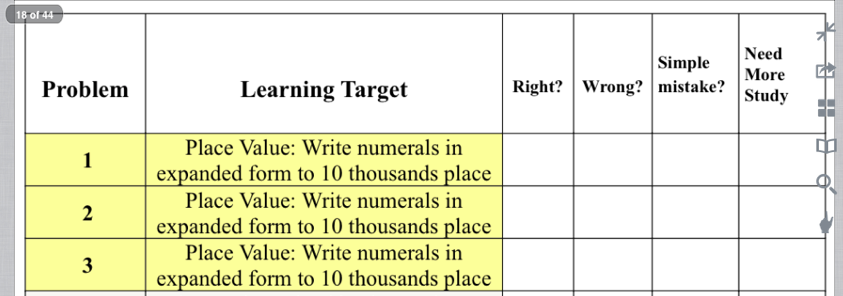
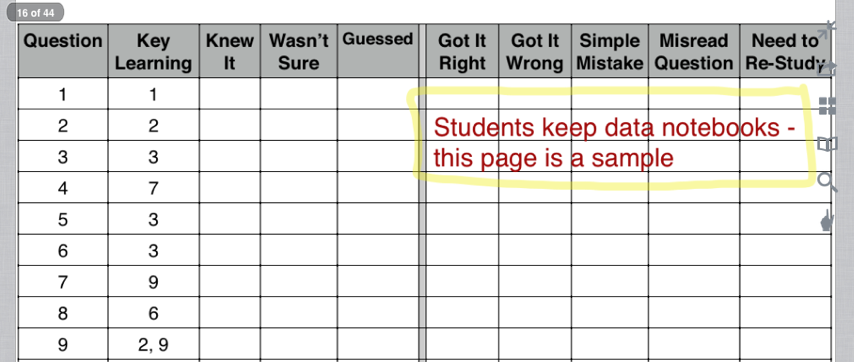
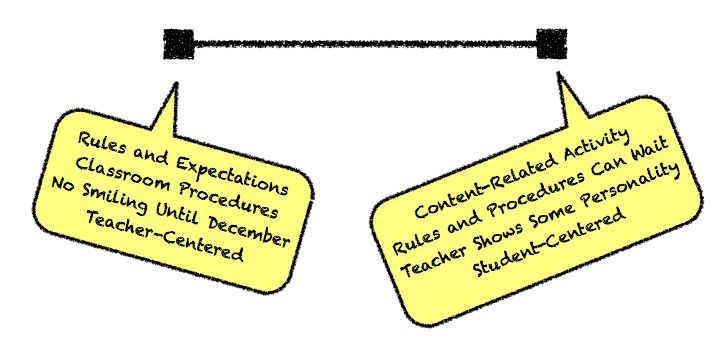
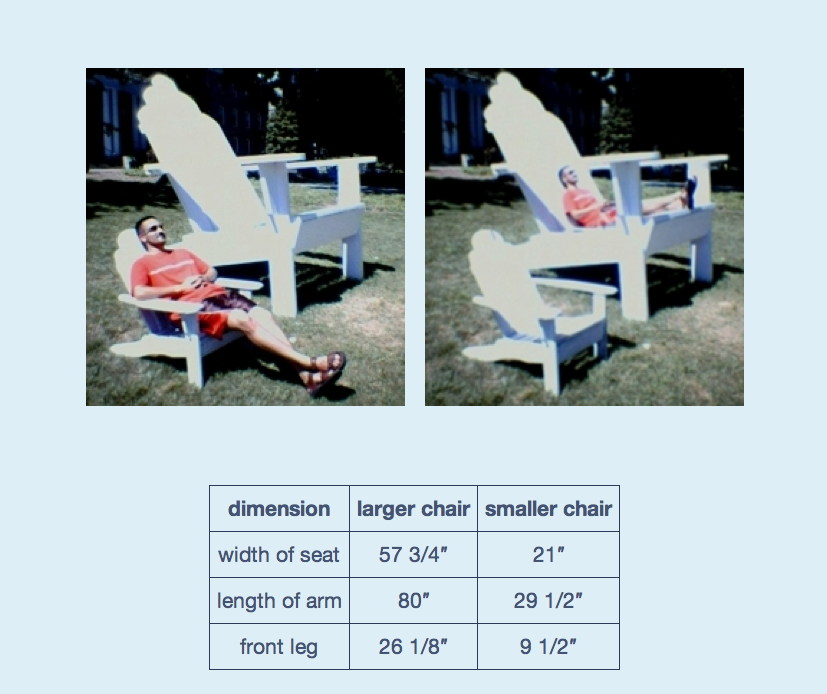
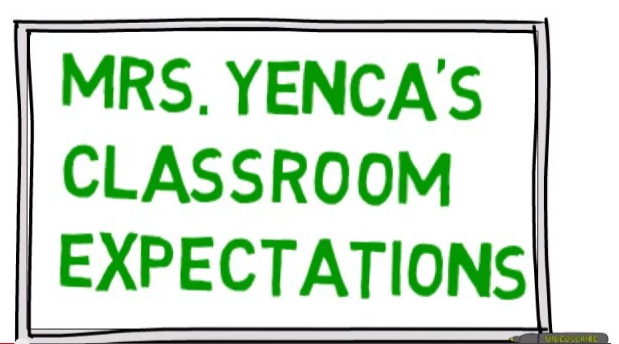
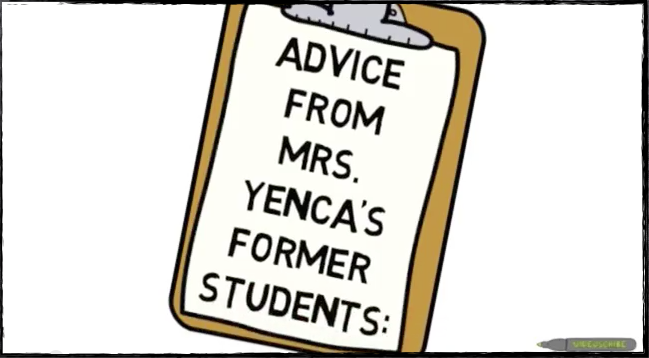
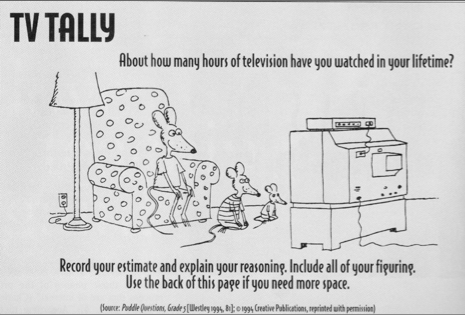


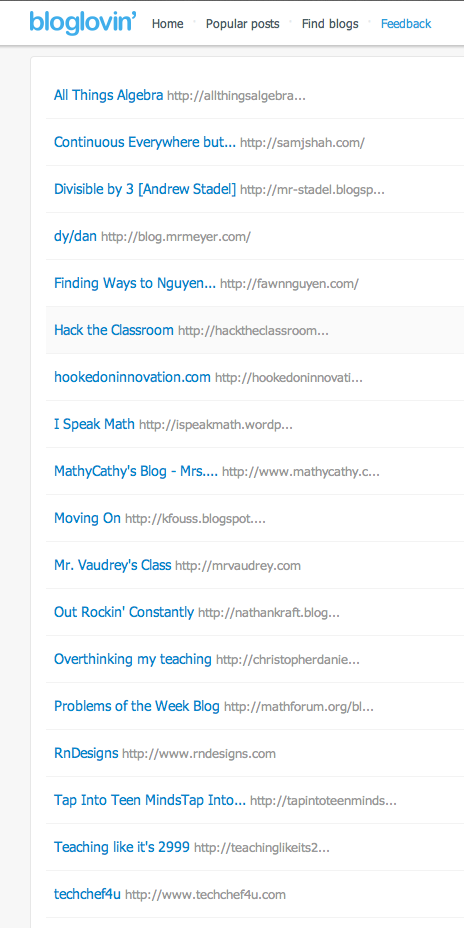
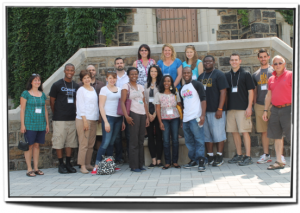

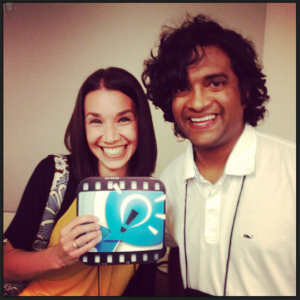
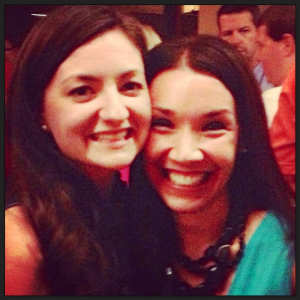
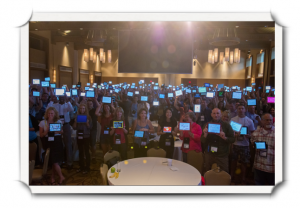
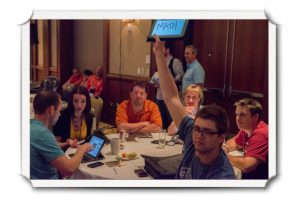

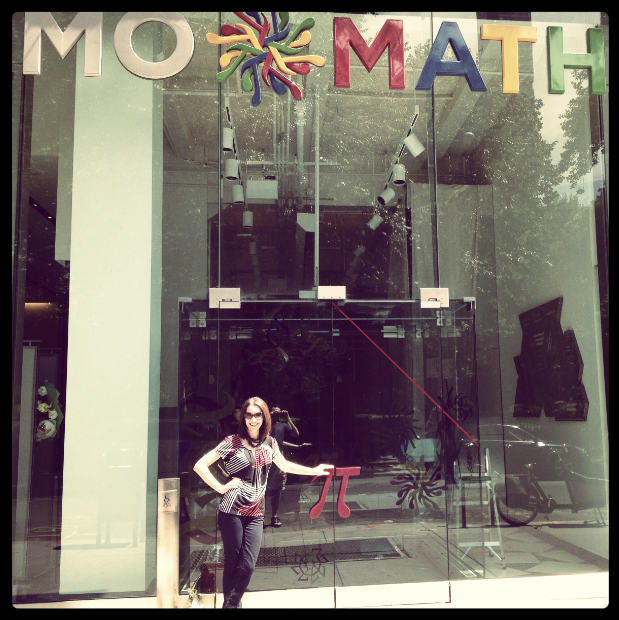
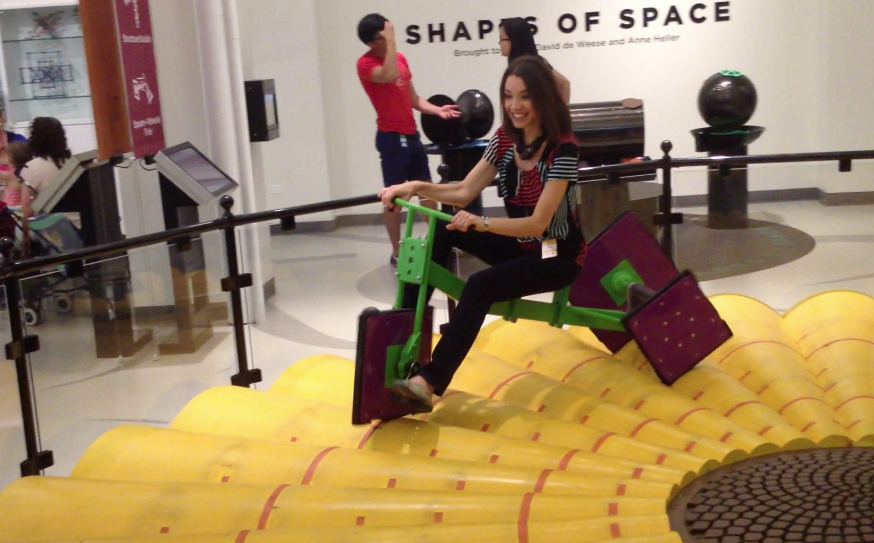

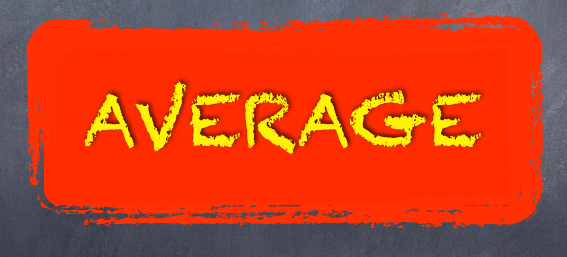 When I’ve taught “measures of central tendency” to students in the past, I always asked them a simple question. If given the choice, would they choose for a teacher to calculate their grade by using the mean, median, or mode? I’d also ask them to justify their choice.
When I’ve taught “measures of central tendency” to students in the past, I always asked them a simple question. If given the choice, would they choose for a teacher to calculate their grade by using the mean, median, or mode? I’d also ask them to justify their choice.